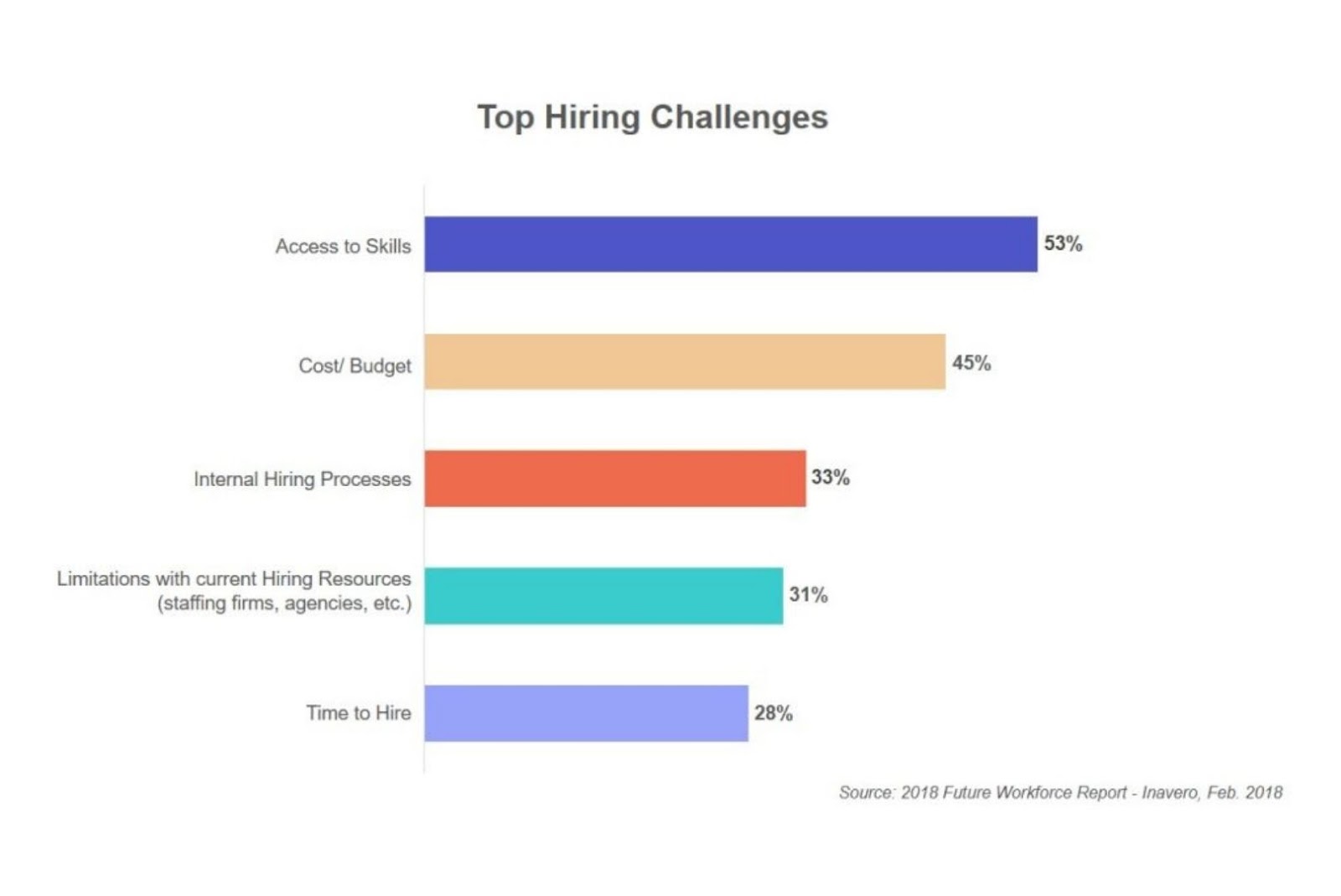
It can be hard to create a creative brief. It is important to convey the vision of your client without using jargon or fluff. Your creative brief should be written in a clear, simple and easy-to-understand language so that the design team can use it to solve the client's problem. It shouldn't provide the complete solution. However, it should be a starting point to encourage creativity in the design group. It should be a brief that's carefully constructed with creativity and care to solve the client’s problem.
Develop a key consumer benefit (KCB)
A creative brief is a great way to target your marketing efforts. It should focus on one benefit or pain point that the audience has. An audience member may be looking for a key consumer benefit. It could be a specific feature, a benefit, and/or an outcome. You want to create a feeling in your audience that they will feel satisfied after using your product or service.
Make sure you analyze your competition's products and target audiences when developing a creative short. This information will enable you to narrow down your focus and find your company's niche. Develop a KCB. This is a key message that describes the solution your product or service will provide to customers. Then, be sure to incorporate testimonials and narratives into the creative brief.

Include deliverable dates
When composing a creative brief, always make sure to include your deadlines and deliverable dates. This will help avoid confusion later. Include brand guidelines and internal messaging. The more information you provide, the easier it will be for your creative team to achieve your goal. Please include the date that you wish to have the project completed. Also, please indicate any revisions or approvals needed. Also, include the delivery dates for each phase of the project.
Finally, be sure to include a detailed description of your target audience and your competition. You should include a concise brief and your company's messaging to your target audience. A brief that is concise and clear will help you avoid endless revisions. It will also help your agency to be as specific as possible about all the information you have provided.
Include brand guidelines
Include brand guidelines in your creative brief to ensure that work is consistent with brand values and tone. These guidelines will help the designer understand the brand's voice and vision and make sure the work created reflects that vision. Here are some ways to include brand guidelines within your creative brief. These guidelines can be used to create your campaign brief. It should contain these five elements. Using these guidelines will ensure that no detail is left out of your creative brief.
The creative brief should provide a comprehensive understanding of your brand, but should not go into too much detail. The brief should contain a succinct overview of the brand, the target audience, and a single paragraph detailing the goals. It should also include background information on the brand, including the target audience. If the creative team doesn’t know the brand yet, they should be capable of catching up to it and completing the project. The creative brief should also include brand guidelines and deliverables.

Include client's voice
It is important to include the voice of your clients when developing creative briefs. This is often where the hardest part of a creative brief is. The creative brief can often be overwhelming due to the amount of information that is required. Below are five reasons that projects can fail. While not all of these are due to the brief itself, they all relate to a conflict over project's creative aspects. These are some suggestions to help you create a brief that appeals to your clients.
A creative brief should outline the key elements of the project. In order to inform your work, include the voice and style preferences of your client. Make sure you include demographic information as well as behavioral insights about your target audience. This will enable your team to develop a solid content strategy. Keep in mind that you must communicate persuasively and push your target audience to act. Include the client's voice, tone, style, and design in your creative brief.
FAQ
What is the difference between a consultant and an advisor?
A consultant provides advice on a topic. A consultant is able to provide solutions.
A consultant works directly with clients to help them achieve their goals. An advisor advises clients indirectly through books, magazines, lectures, seminars, etc.
Is consulting a real job?
Consulting isn't just a career option for those who want to earn quick money. It's also a great place to gain valuable skills and build a foundation you can use in your future work.
Consulting offers various opportunities from project management, business development, strategy, training, and leadership roles. You could find yourself working with small start-ups and large international corporations.
Consulting provides you with the opportunity to develop and hone your skills, as well as gain experience within a range of industries. This could mean learning to manage teams, negotiate contracts, write proposals, manage budgets, analyze data, create presentations, conduct market research, and much more!
Which industries use consultants?
There are many types and styles of consultants. Some are specialists in one type or another of business.
Some consultants are limited to working for private corporations, while others can represent large corporations.
Some consultants also work internationally and can help companies around the globe.
Why would you want to hire consultants?
There are many reasons why you might need to hire consultants:
-
Your organization may have a specific project or problem that needs solving
-
You are looking to learn new skills or improve your existing skills
-
You'd like to work in conjunction with an expert in a specific field
-
You have no other choice but to do the job.
-
You feel overwhelmed by all the information and don’t know where to begin.
-
You cannot afford to pay someone fulltime
The best way to find a good consultant is through word of mouth. Ask your friends and family if they know of any reliable consultants. Ask someone you know who is a consultant for his/her recommendations.
If you choose to use online directories such LinkedIn, make sure to use the "Search People” function to locate consultants in your area.
What is a consultant?
A consultant is someone who offers services to others. This is more than a job title. You help others achieve their goals. This is done by helping others understand their options and making the right decisions.
Consultants are experts in finding solutions to the problems and challenges that arise while working on projects. Consultants can also offer advice and guidance regarding how to implement these solutions.
Consulting should be able address questions related to law, finance and technology.
Statistics
- WHY choose me: Why your ideal client should choose you (ex: 10 years of experience and 6-week program has helped over 20 clients boost their sales by an average of 33% in 6 months). (consultingsuccess.com)
- Over 50% of consultants get their first consulting client through a referral from their network. (consultingsuccess.com)
- So, if you help your clients increase their sales by 33%, then use a word like “revolution” instead of “increase.” (consultingsuccess.com)
- On average, your program increases the sales team's performance by 33%. (consultingsuccess.com)
- According to IBISWorld, revenues in the consulting industry will exceed $261 billion in 2020. (nerdwallet.com)
External Links
How To
How to find the best consultant
Ask yourself what you want from your new consultant before you start looking. Before you start looking for someone to work with, it's important that you know your expectations. You should make a list of all the things you need from a consultant. This could include things like; professional expertise, technical skills, project management ability, communication skills, availability, etc. After you have outlined your requirements, you might want to ask friends and colleagues for recommendations. Ask them about their experiences with consultants and compare their recommendations to yours. You can also do some online research if you don't know of any. You can post reviews on your previous work experiences on many websites like LinkedIn, Facebook and Angie's List. You can use the comments and ratings left by others to help you find potential candidates. Once you have a shortlist, be sure to contact potential candidates directly to schedule an interview. Talking through your requirements during the interview is a good idea. Ask them questions about how they can assist you in achieving those goals. It doesn't matter if they were recommended to your company; all that matters is that they are able to understand your business goals and show how they can help.